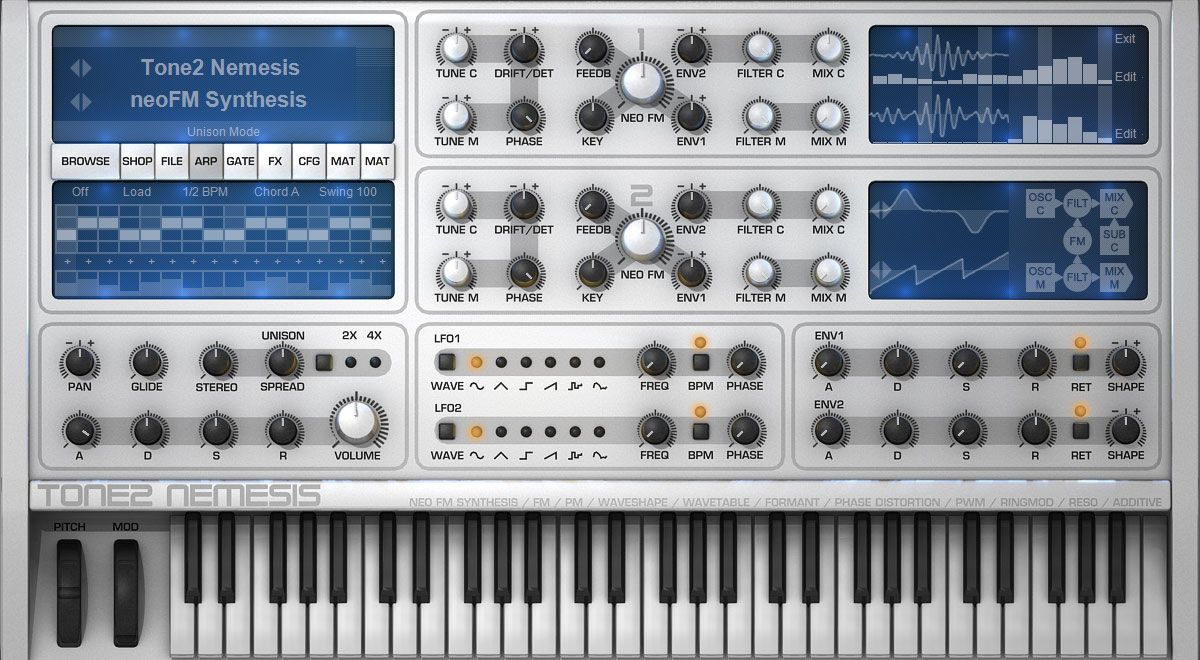THUNDERBIRD

- INTRO
- INSTALLATION
- SWITCHING TO THUNDERBIRD
- BASIC USAGE
- ADDRESS BOOK
- SECURITY
- BEYOND THE BASICS
- ADD ONS
- APPENDIX
Firebird is a free and open-source relational database packed with various ANSI SQL standard features. With Firebird, users get excellent concurrency, powerful language support for stored procedures and triggers and high performance. The first time Firebird was used in a production system. Firebird for Mac OS v.2.1.1 Advertisement RDMS Firebird which was first released in 1981 offers various ANSI SQL standard features and able to run on Mac, Windows, Linux and most of Unix editions.
Firebird Embedded Mac Os X
Thunderbird runs on Mac OS X 10.4.x and later. Thunderbird will run on a computer with at least the following hardware:
- An Intel x86 or PowerPC G3, G4, or G5 processor
- 256 MB of memory. Mozilla recommends 512 MB of memory or more
- 200 MB hard drive space
Download and Install Thunderbird
- Use your web browser to visit the Thunderbird download page athttps://www.mozilla.org/en-US/thunderbird/. This page detects your computer's operating system and language, and it recommends the best version of Thunderbird for you to use.
If you want to use Thunderbird in a different languages or with a different operating system, click the Other Systems and Languages link on the right side of the page and select the version you need.
- Download the Thunderbird disk image. When the download is complete, the disc image may automatically open and mount a new volume called Thunderbird.
If the volume did not mount automatically, open the Download folder and double-click the disk image to mount it. A Finder window appears: - Drag the Thunderbird icon into your Applications folder. You've installed Thunderbird!
- Optionally, drag the Thunderbird icon from the Applications folder into the Dock. Choosing the Thunderbird icon from the Dock lets you quickly open Thunderbird from there.
Note: When you run Thunderbird for the first time, newer versions of Mac OS X (10.5 or later) will warn you that the application Thunderbird.app was downloaded from the Internet.

If you downloaded Thunderbird from the Mozilla site, click the Open button.
For MacOSX, the download site only has a pre-built binary for the Firebird Classic Server, version 1.5.1. There is no binary available for the Firebird Superserver, however, a method for building and installing the Superserver version is included in section 4 of this document.
As I was completing this document [ December 2004 ], a point release 1.5.2 was released. There are no pre-built binaries for OSX yet, but the procedure for building 1.5.2 from source is in a later section of this document.
Firebird For Mac Os X 10.10
The difference between the Classic Server and the Superserver lies in the design approach. The Superserver uses threads to service multiple clients connecting to it at the same time, while the Classic Server was the original approach used in Interbase, which spawns a separate server process for every connection.
Under MacOSX, xinetd is used to spawn a new process for each client connection to a database. A White Paper comparing the two approaches can be found here.
On MacOSX, the question of which server version to use does not arise as there is only one version available (unless you compile firebird yourself from source). For “embedded databases” with few concurrent users, it should not make much of a difference which one you choose. Theoretically, for applications with a wider audience, the Superserver should perform better by reducing process startup times and better sharing of resources.
Firebird Mac Os X Gui
I have done some limited testing with our application and there is a noticeble increase in performance when the Superserver version of Firebird is used. This most likely due to the overhead of xinetd having to start new processes when using the Classic version.